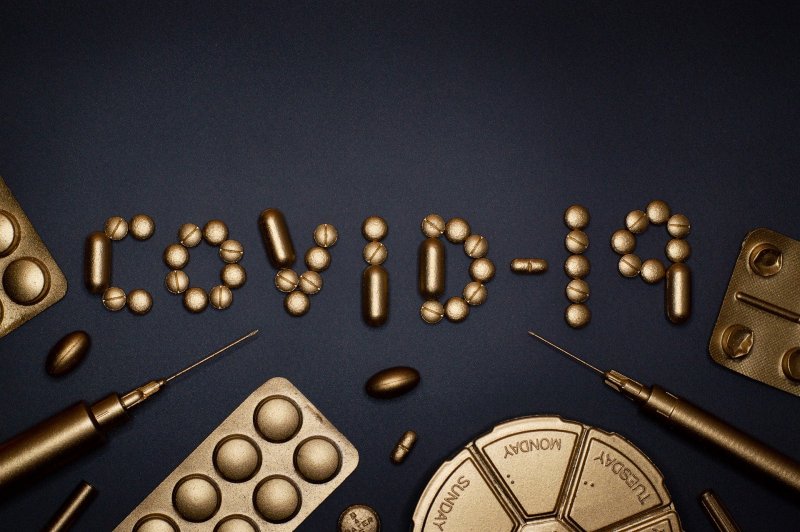As the COVID-19 vaccine begins to roll out across the country, at-home testing is also nearing readiness for consumer use. At Stanford, scientists are heading the development of an at-home COVID-19 saliva test.
Dr. Manu Prakash, an associate professor of bioengineering, is leading the SnapDx saliva-testing project.
“The world needs rapid-screening kits now, and at a very large scale,” Prakash said. “If the study is successful, our goal will be to manufacture tens of millions of them per day. We’re already building industrial partnerships to generate that capacity.”
The 30-minute test requires users to spit into a tube, which is then placed in a cup with boiling water. After cooling the tube, it is then placed back into the boiling water in order to allow the colored solution to react and develop the results. When the test is again removed from the boiling water, the pink liquid contained in the vial turns either dark purple to indicate a negative test or bright orange to show positive detection of COVID-19.
The group developing the test estimates that it will cost between $1 and $5, making it accessible to the public.
The venture has been financially backed by the newly minted Stanford Medicine Catalyst Program, which aims to give Stanford students and faculty inventors the means to fund and realize their projects at an accelerated pace. The Catalyst program, a collaboration by the School of Medicine, Stanford Children’s Health and Stanford Health Care, was scheduled to launch on May 4 but was postponed due to the pandemic.
Instead, the Catalyst program has focused its resources on a pop-up initiative in order to grant aid and expertise to projects tackling the pandemic.
Of the 89 submissions the Catalyst program received, Prakash’s was one of 10 projects selected based primarily on the needs expressed by medical workers.
“We talked to managers and nurses and asked, ‘What would transform your lives?’” said Dr. Euan Ashley, associate dean of the School of Medicine and Catalyst co-director. “And the single most common, recurrent answer to that question was home testing.”
The selected test “had to be a rapid turnaround test that can be done at home and … in a low-resource environment,” Ashley said. “You actually don’t need electricity for this test, which is another really important thing. You basically only need to be able to boil water, which is something that can be done in a village in rural Uganda as well as in our kitchen.”
Catalyst contacted a number of different Stanford groups developing at-home tests, but Ashley said that Prakash’s test stood out because it was a saliva-based test as opposed to the nasal swab form.
“I think people are wanting to make [testing] convenient instead of standing in long lines,” said Dr. Melissa Bondy, the chair of the epidemiology and population health department.
Though the test holds promise, a pilot study is currently underway to determine whether or not the kit meets acceptable standards for testing. It is crucial that the rate of false positive and false negative results be relatively low. The test must also meet FDA standards for feasibility for the average consumer, meaning that people of all ages and backgrounds can correctly use the kit.
If the pilot study proves successful, the goal is for the testing kits to begin reaching homes next month, Ashley said. Talks are already underway regarding production of the tests.
Widely available at-home testing has been seen as key to decreasing the spread of the virus across the world, but such a development will still need to work in tandem with other common-sense measures.
“If you’re testing at home, and you feel like you’ve been exposed, hopefully, you can do something more quickly,” Bondy said. “But just because you’re testing doesn’t mean that you can’t take precautions in general.”
Testing “is not an end all be all,” she added.
Even so, the continued development of at-home COVID-19 testing raises the potential to test for other diseases at home, even once COVID-19 tests are no longer necessary.
“I think that one of the big changes that we’re going to see in the next few years is testing coming from the home,” Ashley said. “I think it’s going to be through this kind of technology, so I’m hopeful that well beyond just COVID-19 we’re going to have an ability to look at many different infectious diseases at home. Even beyond infectious diseases, there are likely applications of this technology.”
Contact Ali Juell at alexandra.juell ‘at’ student.rjuhsd.us.
